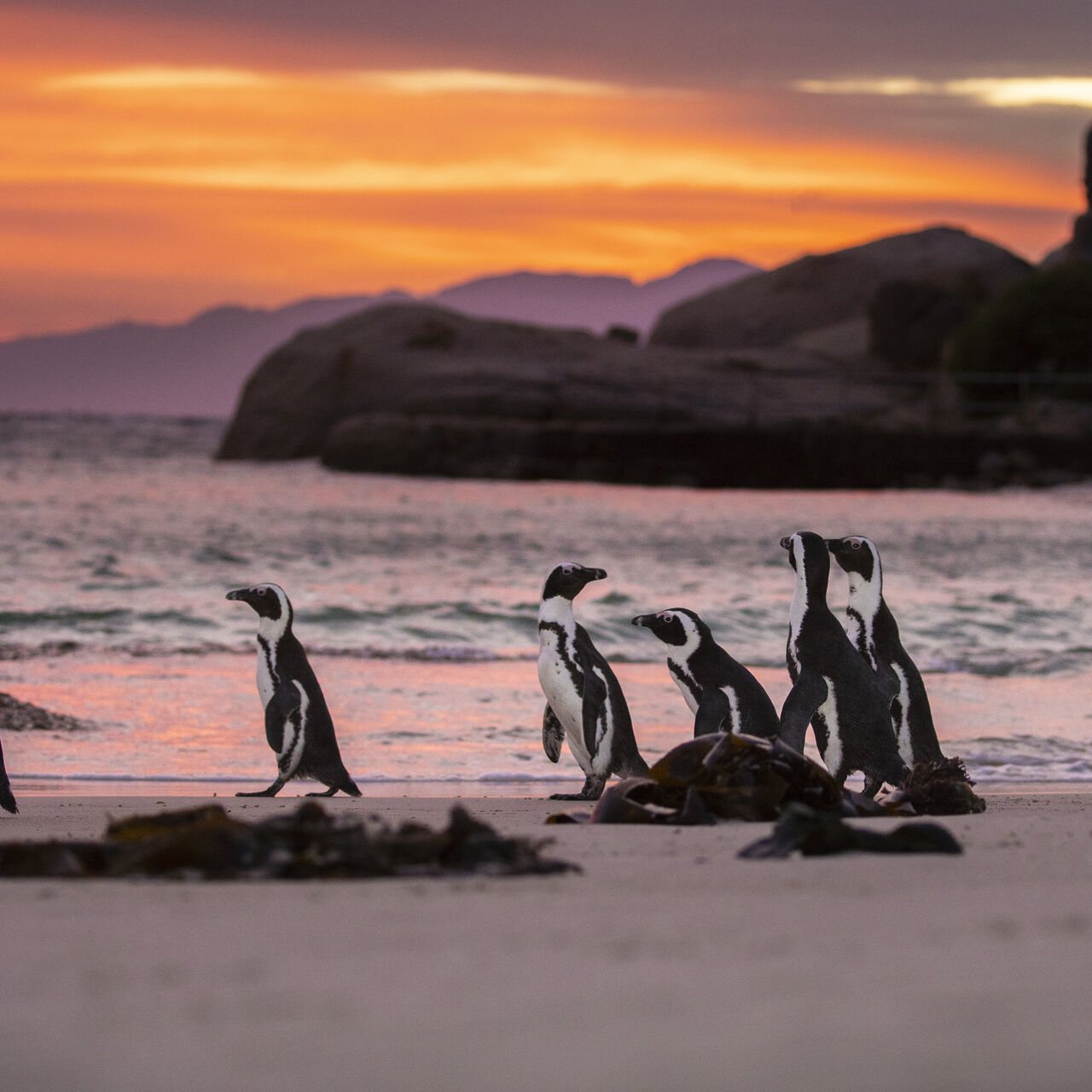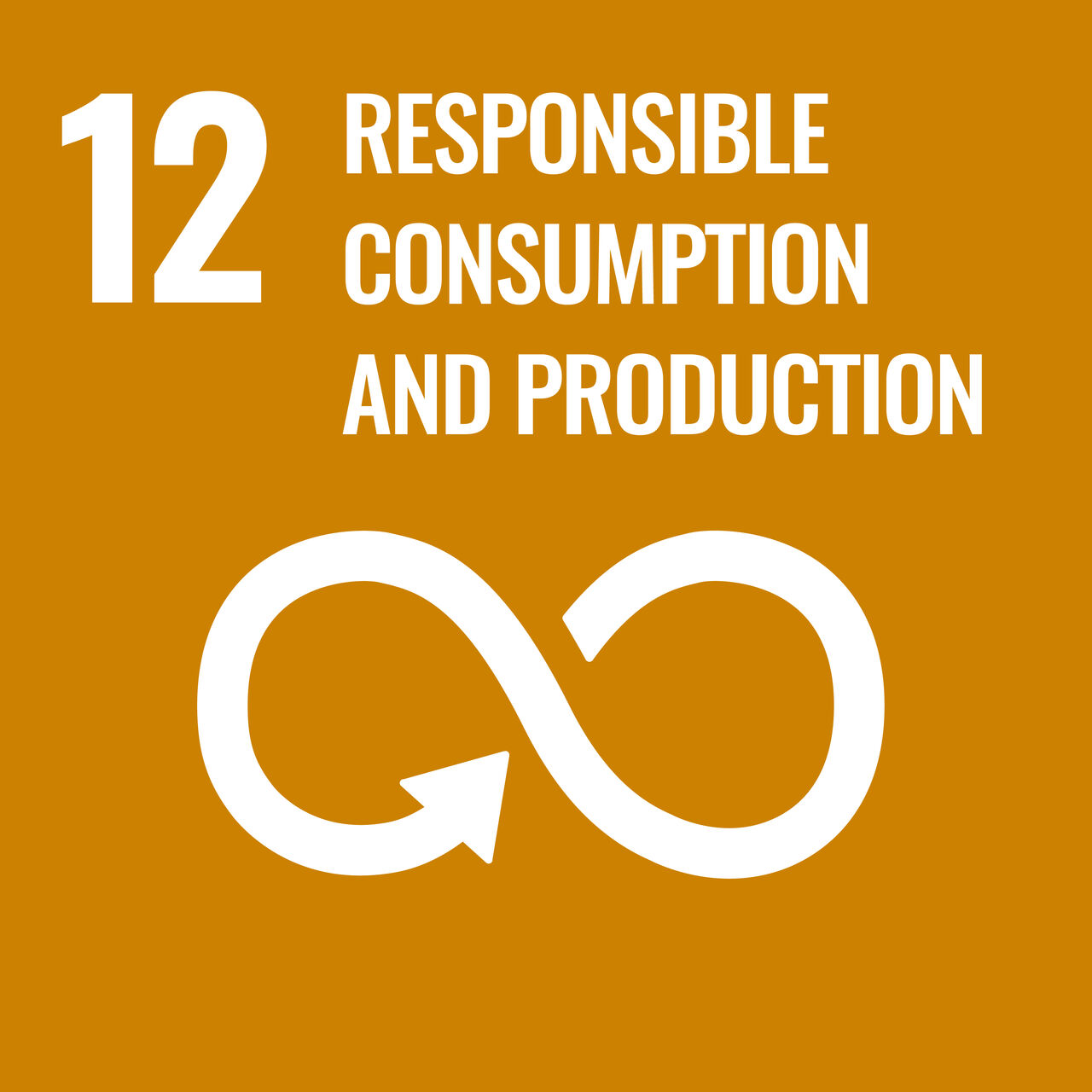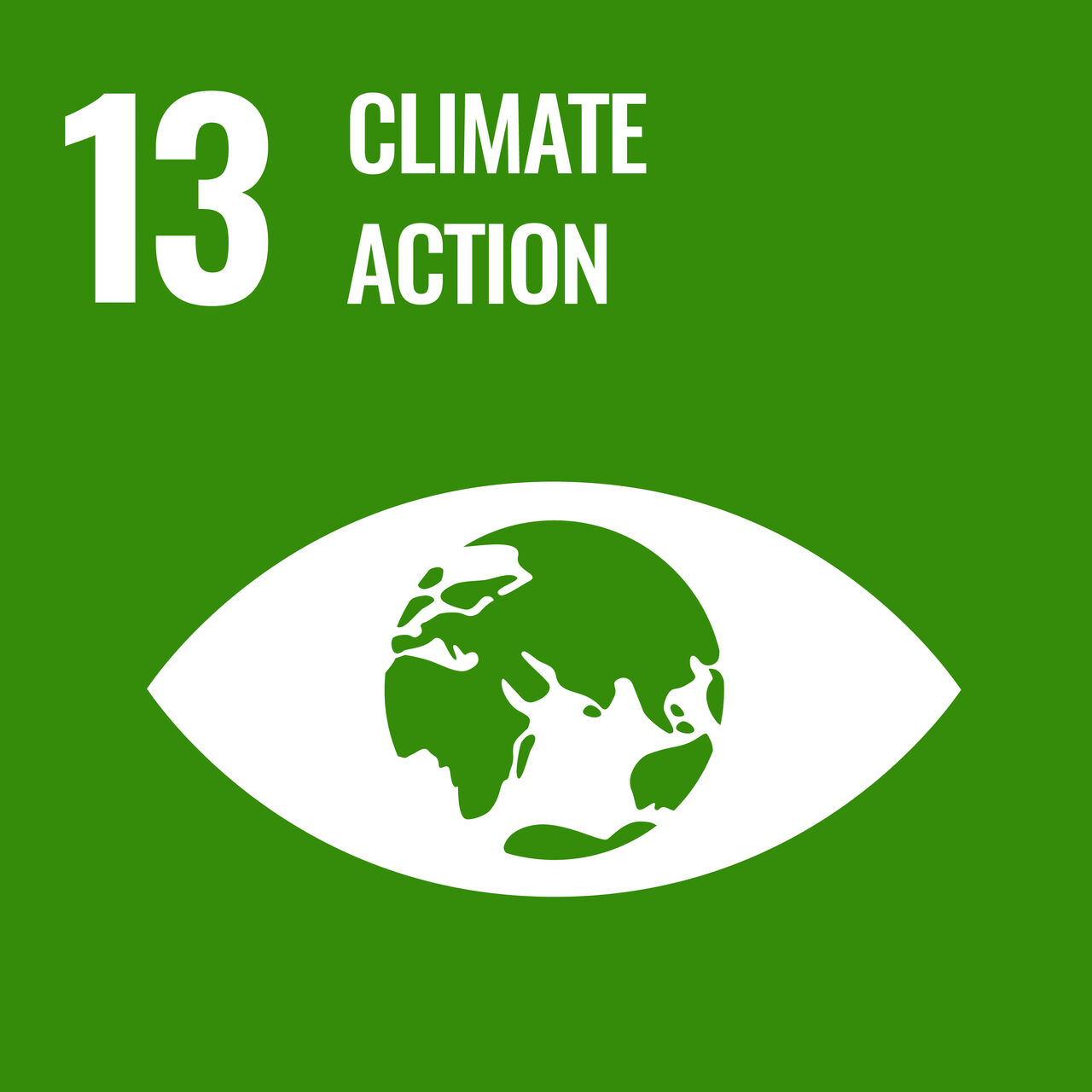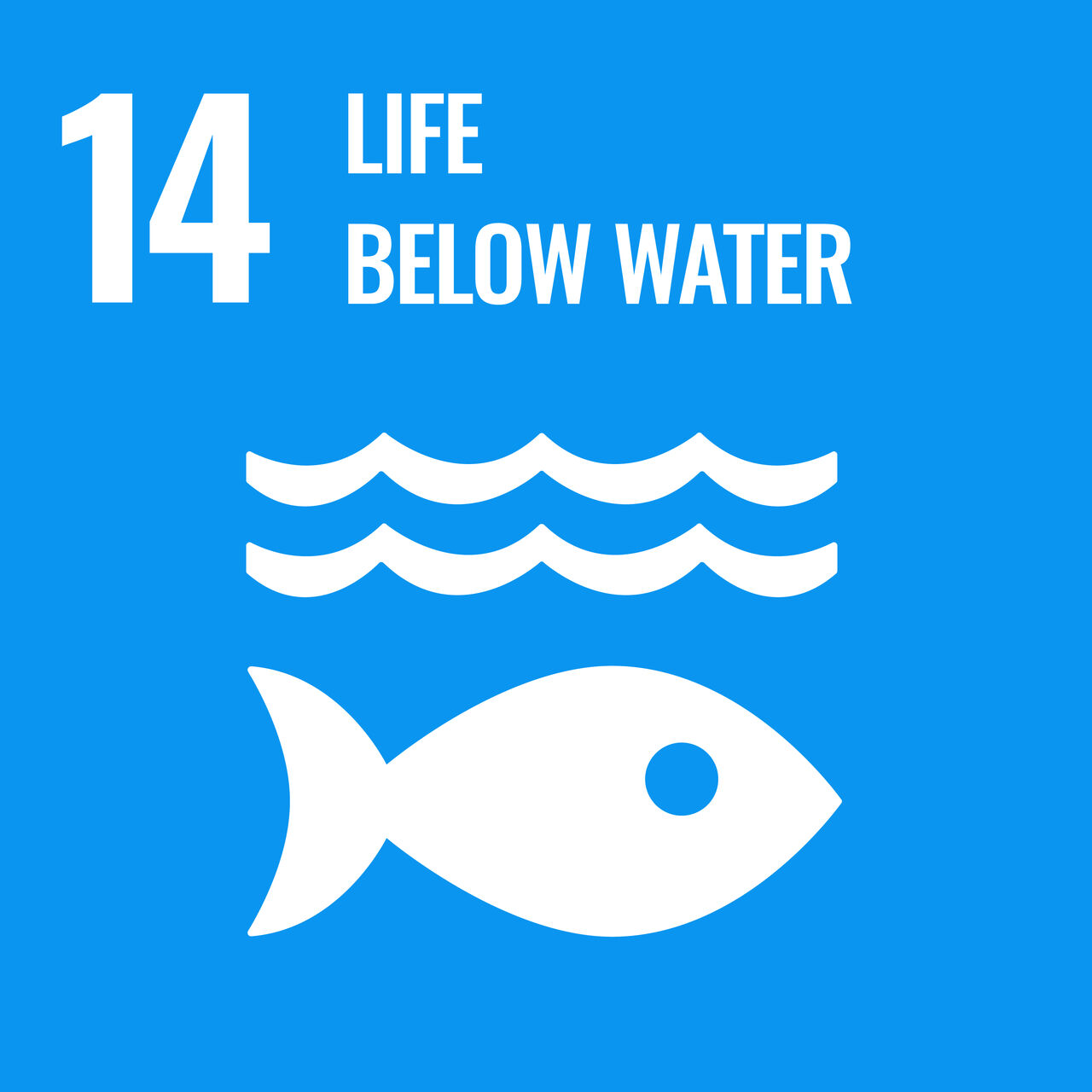Our sustainability journey
The ocean is astounding, diverse, and unexplored, and it is inextricably tied to the well-being of humanity. It covers 70% of the Earth's surface and holds 97% of the planet's water. The ocean feeds us, regulates our climate, absorbs approximately one-third of the carbon dioxide we produce, and provides up to 70% of the oxygen we breathe.
Yet, human activities have put this critical life support system in crisis. Ocean ecosystems are declining due to local stresses, including habitat destruction, overfishing, and pollution, while climate change is causing rapid and unprecedented changes in global ocean temperatures and acidity.
The Two Oceans Aquarium's vision is abundant and healthy oceans. To achieve this, the Aquarium has a unique role to play by inspiring and empowering people to see the connections between their actions and the health of the oceans and to provide practical steps to lighten our footprint, including leading by example.
Our goals
- To inspire new ways of thinking to enable an appreciation of the links between our behaviour and the well-being of the ocean.
- To provide practical actions to lighten our footprint.
- To play an active role in the conservation of key marine species.
- To lead by example.
Certification
The Two Oceans Aquarium is a proud certified Diamond member of the Heritage Environmental Rating Programme. In 2019, we won the Gold award in the “Best Responsible Attraction” category and a Silver award in the "Best for Global Goals Reporting" category of the African Responsible Tourism Awards. We participate in an annual audit through Sustainability Benchmark Solutions and a bi-annual environmental legal audit through Cullinan & Associates.
Environmental Sustainability
Carbon footprint
We calculate our carbon footprint on an annual basis in accordance with the GHG Protocol. Read our latest carbon footprint report here.
Energy
The Two Oceans Aquarium was designed using low-tech and energy-efficient systems.
The Aquarium is an extremely energy-intensive operation, given that our animal life support systems have to run 24/7, 365 days a year. Our main energy consumers are pumps, which pull water from the harbour, then drive the water through the filtration process, and ultimately through and between exhibits.
Thanks to the V&A Waterfront and through Sustainable Power Solutions, the Aquarium currently has a total of 500 solar panels covering 850m2 of roof space. These panels can generate up to 128kWp, which is the maximum peak output possible. On a daily basis, the expected average production is 535kWh, which is approximately a third of the Aquarium’s overall consumption.
We monitor our electricity consumption through an independent meter.
Waste
We have an on-site waste-sorting facility. All our waste is sorted and the recyclables (plastic, tins, glass, paper, etc.) and organic waste are separated out from that which is sent to landfill. All our e-waste is delivered to an e-waste facility. Hazardous items are disposed of responsibly by external service providers.
Water
All taps in the Aquarium have been replaced or retrofitted with aerators that reduce the amount of water that flows to just 0.6 litres a minute - down from a full 6 litres a minute for the average tap. Traditional screw taps have all been replaced with push-taps that are equipped with stoppers that keep them open for under three seconds - encouraging shorter hand washes. We've also replaced all our toilets with modern designs that are able to flush effectively with a vastly reduced amount of water.
We monitor our water consumption through an independent meter.
Campaigns
Our environmental campaigns focus on the biodiversity crisis, plastic pollution, and overfishing.
Sustainable Development Goals
The Two Oceans Aquarium's sustainability goals are aligned with the following of the UN's Sustainable Development Goals:




